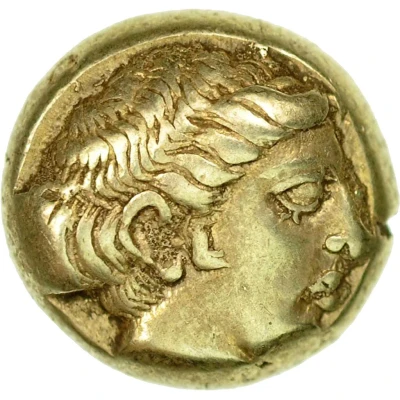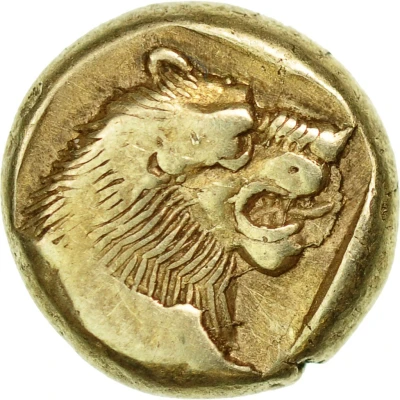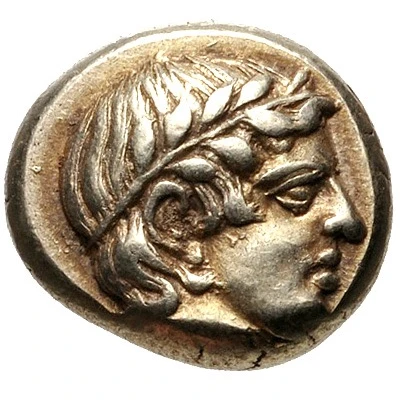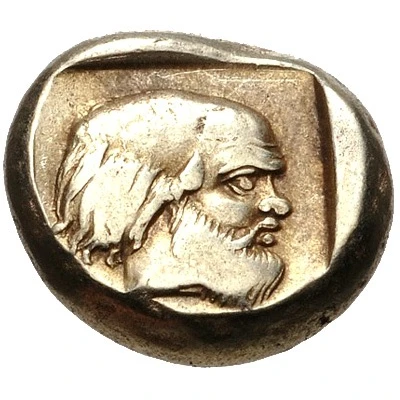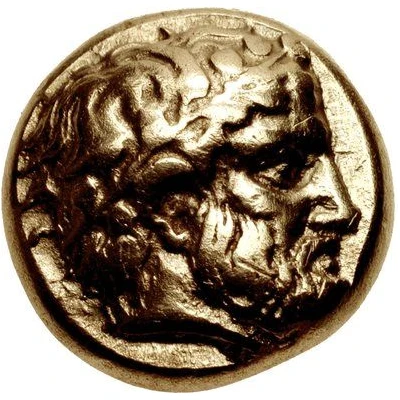
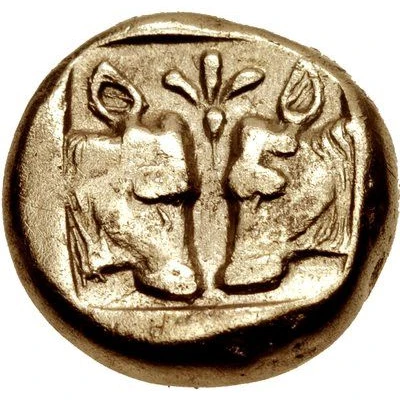

© Classical Numismatic Group, Inc.
Hekte 454 BC - 427 BC
| Electrum | 2.51 g | 10.5 mm |
| Issuer | Mytilene (Lesbos) |
|---|---|
| Type | Standard circulation coin |
| Years | 454 BC - 427 BC |
| Value | Hekte (14⁄3) |
| Currency | Drachm |
| Composition | Electrum |
| Weight | 2.51 g |
| Diameter | 10.5 mm |
| Shape | Round (irregular) |
| Technique | Hammered, Incuse |
| Orientation | Variable alignment ↺ |
| Demonetized | Yes |
| Updated | 2024-10-10 |
| Numista | N#431490 |
|---|---|
| Rarity index | 100% |
Reverse
Confronted calf heads; palmette above; all within incuse square.
Interesting fact
The Hekte coin was used as a form of currency in ancient Greece, specifically in the city-state of Mytilene on the island of Lesbos. It was made of electrum, a naturally occurring alloy of gold and silver, and weighed 2.51 grams. Despite its small size, the Hekte coin played a significant role in the economy of Mytilene and was used for everyday transactions. Its design featured an image of a lion's head, which was a symbol of strength and power in ancient Greek culture. Today, the Hekte coin is considered a rare and valuable collector's item, offering a glimpse into the economic and cultural practices of ancient Greece.
Price
| Date | Mintage | VG | F | VF | XF | AU | UNC |
|---|---|---|---|---|---|---|---|
| ND (454 BC - 427 BC) | - | - | - | - | - | - |
Values in the table are based on evaluations by sales realized on Internet platforms. They serve as an indication only for Hekte (454 BC - 427 BC) coin.
